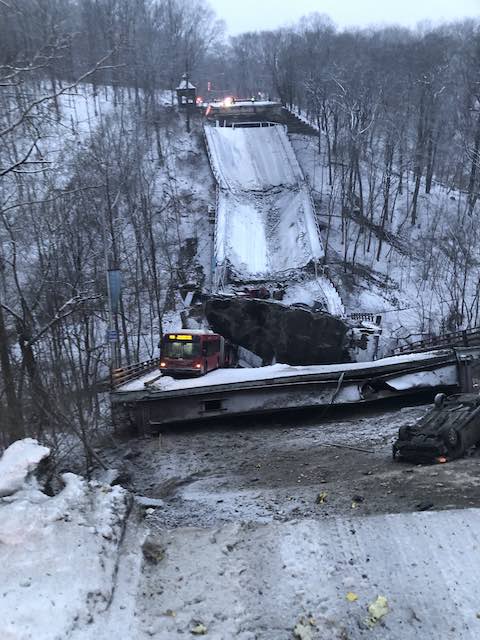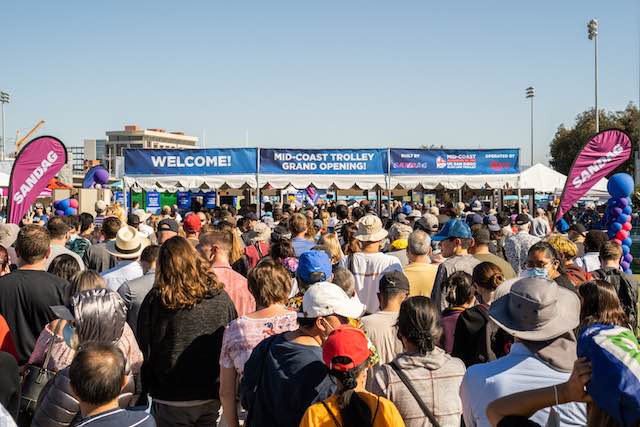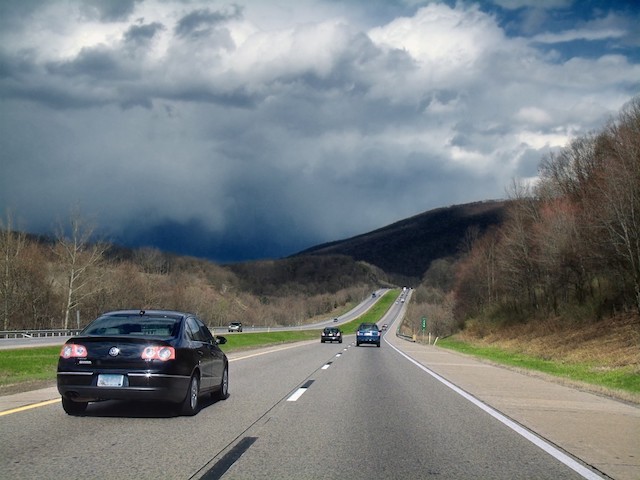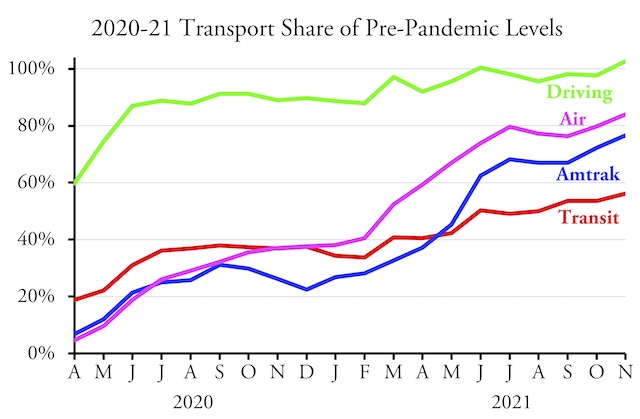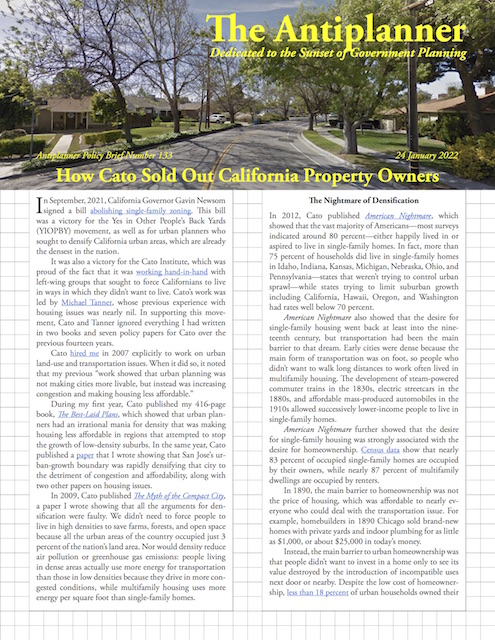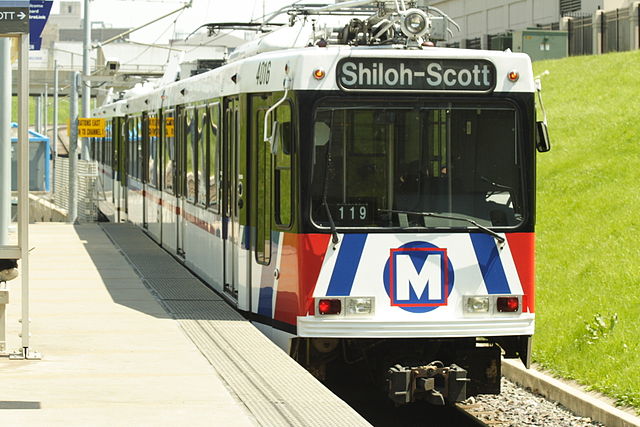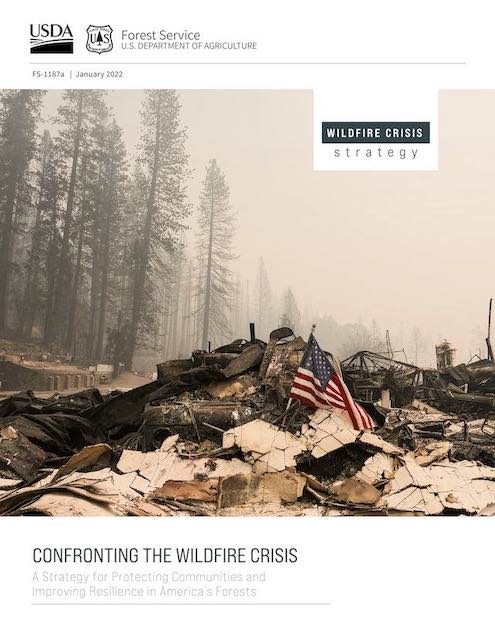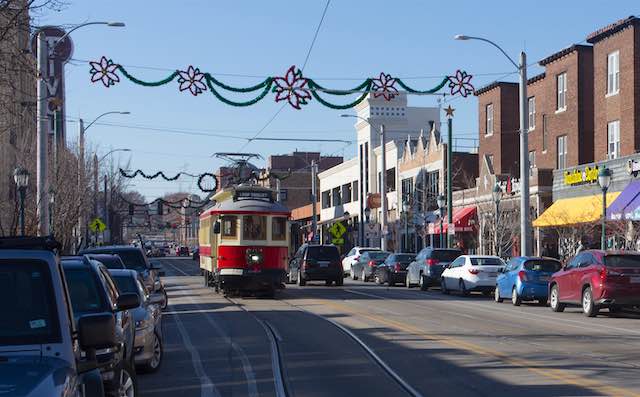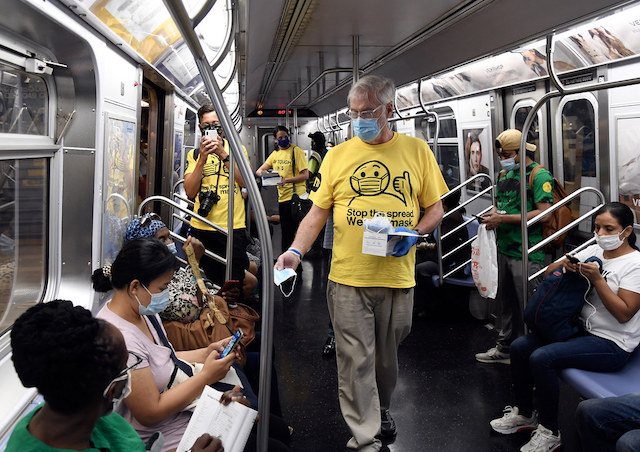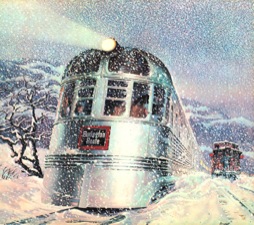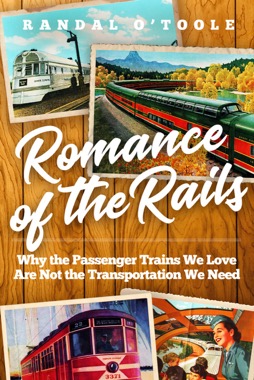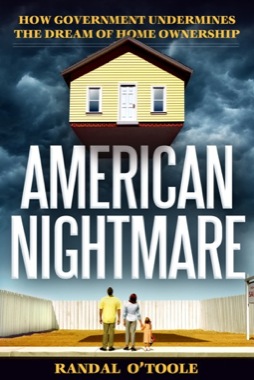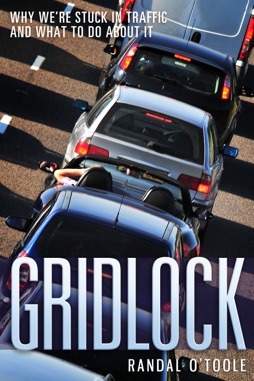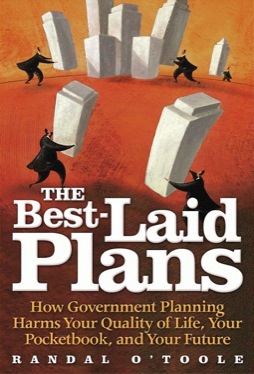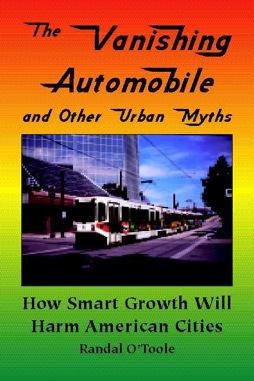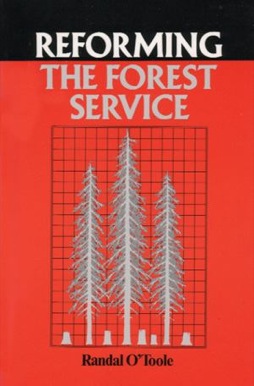Now is a great time to sell a home, but a terrible time to buy one. According to the St. Louis Fed, median home prices in the United States have risen by 25 percent since the pandemic began in December 2019, which is probably more than any two-year period in history. Even after adjusting for inflation, prices in many markets are higher today than they were at the peak of the mid-2000s housing bubble.
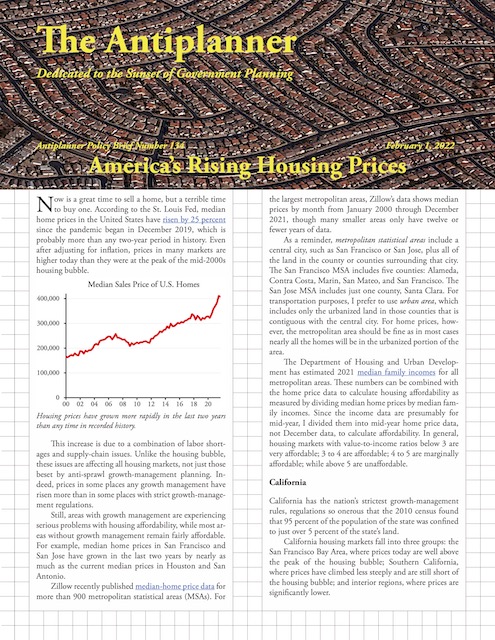 Click image to download a five-page PDF of this policy brief.
Click image to download a five-page PDF of this policy brief.
This increase is due to a combination of labor shortages and supply-chain issues. Unlike the housing bubble, these issues are affecting all housing markets, not just those beset by anti-sprawl growth-management planning. Indeed, prices in some places without any growth management have risen more than in some places with strict growth-management regulations. Continue reading

